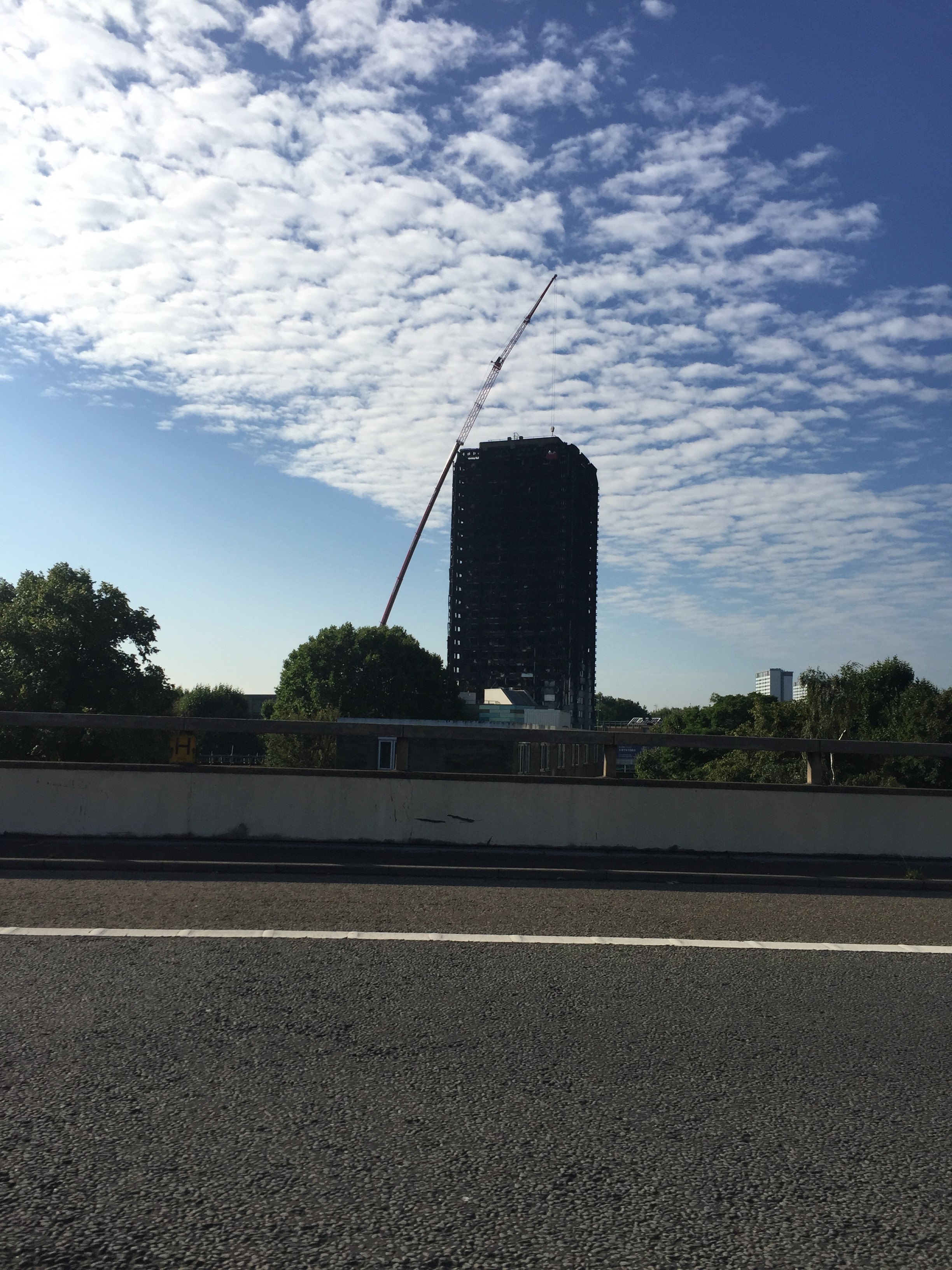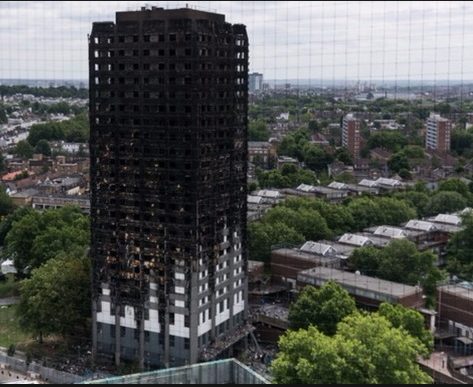
Grenfell enquiry phase II: Cladding fire risks “were known”

Arconic and Celotex suppliers of key components of implicated in the Grenfell disaster were accused of knowingly allowing the installation of dangerous products during the tower’s refurbishment of the west London Block of flats, as they supplied materials not fit for purpose.
The US metals group, Arconic, and Celotex, a UK-based materials company, were criticised in the opening statements on the first day of the resumed public inquiry into the June 2017 disaster that killed 72 people and several more injured.
The claims were made by barristers acting for Rydon Maintenance, the main contractor responsible for the tower block’s refurbishment between 2014 and 2016 and Harley Facades, the specialist contractor overseeing the installation of the cladding on the building’s exterior.
The first phase of the inquiry, which reported in October 2018, focused on the night the fire swept through the tower block in North Kensington, sharply criticised the London Fire Brigade’s response.
The second longer phase of the inquiry led by retired Court of Appeal judge Martin Moore-Bick will consider the tower’s renovation, and the technical aspects of when insulating and rain-proofing panels that allowed the fire to spread were installed.
Marcus Taverner, representing Rydon, presented evidence in his opening statement that Arconic has accepted that the cladding panels provided for the Grenfell project posed a fire risk, by producing an email sent in 2011 by Claude Wehrle, an Arconic executive, in which he referred to the product by exhibiting “bad behaviour” in response to the fire. He also produced a 2015 email from Mr. Wehrle in which the executive described the panel used at Grenfell as “dangerous on facades”. Mr. Wehrle discussed an element of French regulation which he said could be interpreted as permitting the use of the Grenfell-type material on tall buildings. The rule should have been discontinued “over 10 years ago” because of the risks, Mr. Wehrle wrote.
Mr. Taverner also produced a 2013 internal email from Celotex, in which two executives discussed giving up on designing a rain screen of the type that was eventually installed at Grenfell because of the serious fire risk.
Later Jonathan Laidlaw for Harley described how Celotex which had limited safety certification that did not cover the combination of materials fitted at Grenfell, had made “ erroneous” claims that its RS 5000 rain screen fitted at Grenfell could be safely used on buildings as tall as the 24-storey tower.
Richard Millet counsel to the inquiry had earlier criticised the “ merry-go-round of buck-passing “ between the companies involved in the refurbishment.
However, only the Royal Borough of Kensington and Chelsea the local council and Celotex had accepted any responsibility, he said.
Exova ( UK) Ltd, Fire safety specialist involved in the refurbishment of Grenfell Tower claims they were left out of talks about using combustible ACM cladding.
Michael Douglas QC for Exova, told the hearing “ Exova was more or less left out communications information and details of the proposed cladding system”. He further said, Exova had been hired by Architects Studio E and produced an initial report focusing on the renovation of the bottom four floors of the tower, before the decision to use cladding was taken and had no involvement in the potential merits of changing to ACM”.
